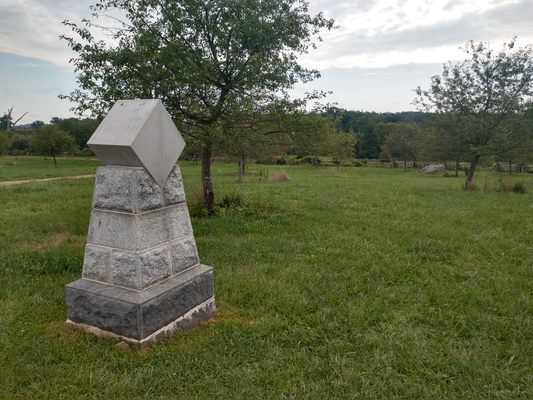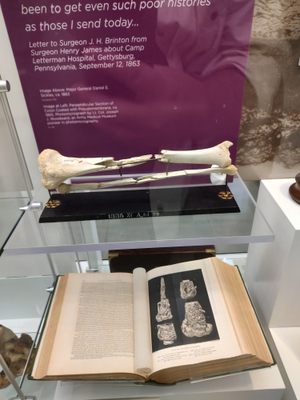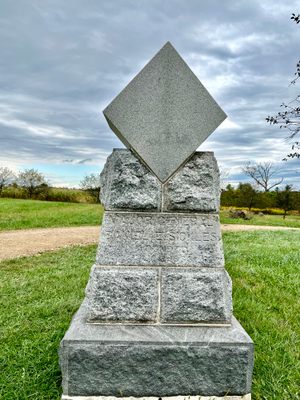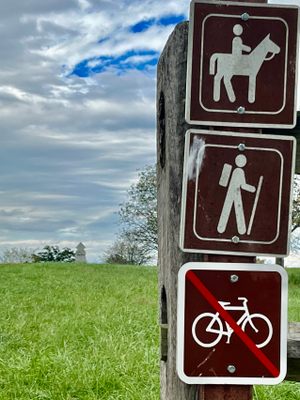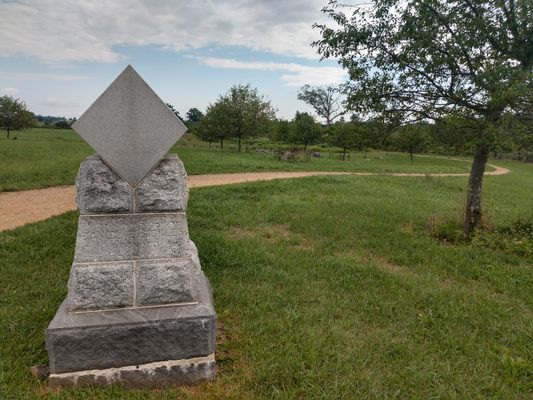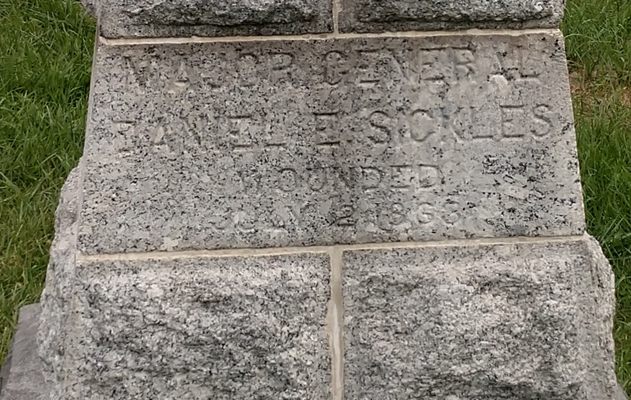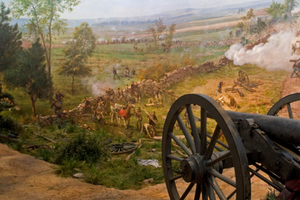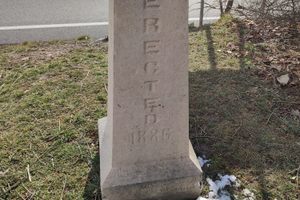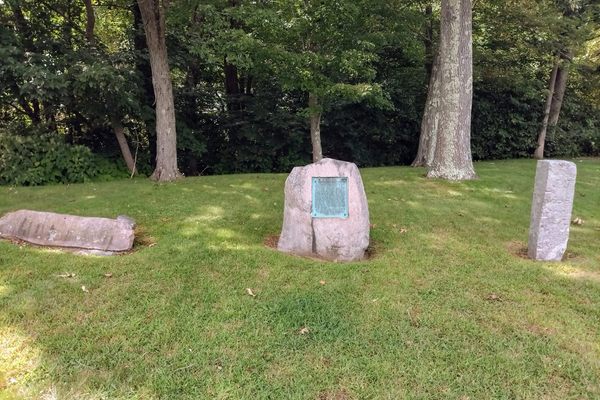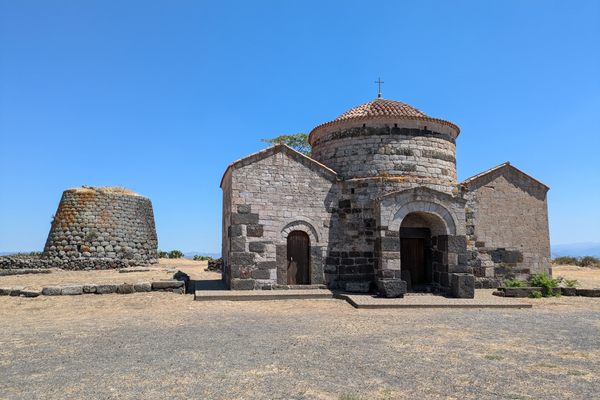About
General Sickles was an interesting man. He was a successful lawyer and politician, as well as one of the Union's leading political generals. He commanded the forces at Gettysburg that nearly cost the Union the battle.
Before the war, Daniel Sickles was more well-known as a career Congressman and lawyer. In 1859, he discovered his wife had an affair with Phillip Barton Key II, son of Francis Scott Key. In a cold fit of rage, he assassinated Phillip, resulting in a sensational trial that ended in his acquittal, following his use of a "Temporary Insanity" plea. Ironically, it was his later reconciliation with his wife that damaged his political career.
In 1861, while attempting to rehabilitate his political career, Sickles was commissioned a brigadier general, rising to the rank of Major General in early 1863. He commanded the Union III Corps, after seeing action in the Battle of Seven Pines and the Seven Days Battles.
In 1863, the III Corps found itself at Gettysburg with the remainder of the Union Army. While the forces were deployed along the high ground in an extended fishhook formation, Sickles moved his unit forward without orders from Union commander George Meade, creating a gap in the Union line. When the Confederate Army attacked, it allowed them to simply roll up the line, dealing a decisive blow to the Union forces. As a result, Meade was forced to reinforce Sickles's III Corps, resulting in the defeat of Confederate forces at the Peach Orchard on July 2, 1863.
During the Confederate assault, General Sickles was wounded by a 12-pound cannonball in the right leg. He was sent behind the lines where the leg was amputated and returned to him. He eventually donated the amputated limb to the Army Medical Museum, later known as the National Museum of Health and Medicine, where it remains on display.
It should also be noted that post-amputation life did not slow Sickles down. He was able to ride horseback, was sent on a secret mission to Colombia, and was made U.S. Minister to Spain. He also served as President of the New York Board of Civil Service Commissioners, Sheriff of New York County, and finally returned to Congress.
While visiting, also walk around the perimeter of the Trostle Barn as it's still scarred with rifle and cannon fire.
Related Tags
Know Before You Go
Park on the side of the road at the Trostle farm and proceed down the horse path for approximately 100 feet, the marker is directly next to the barn.
Community Contributors
Added By
Edited By
Published
September 22, 2020
